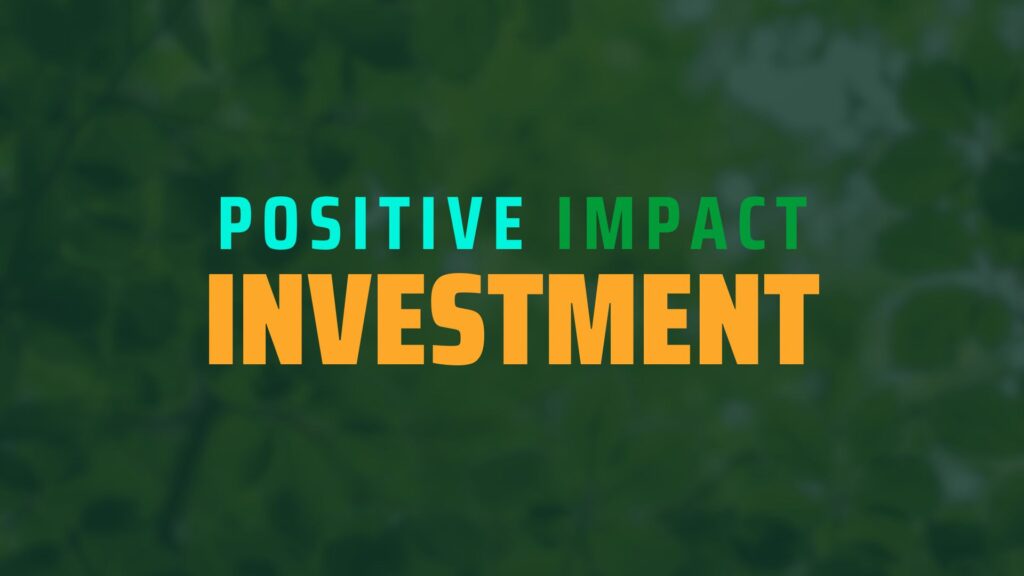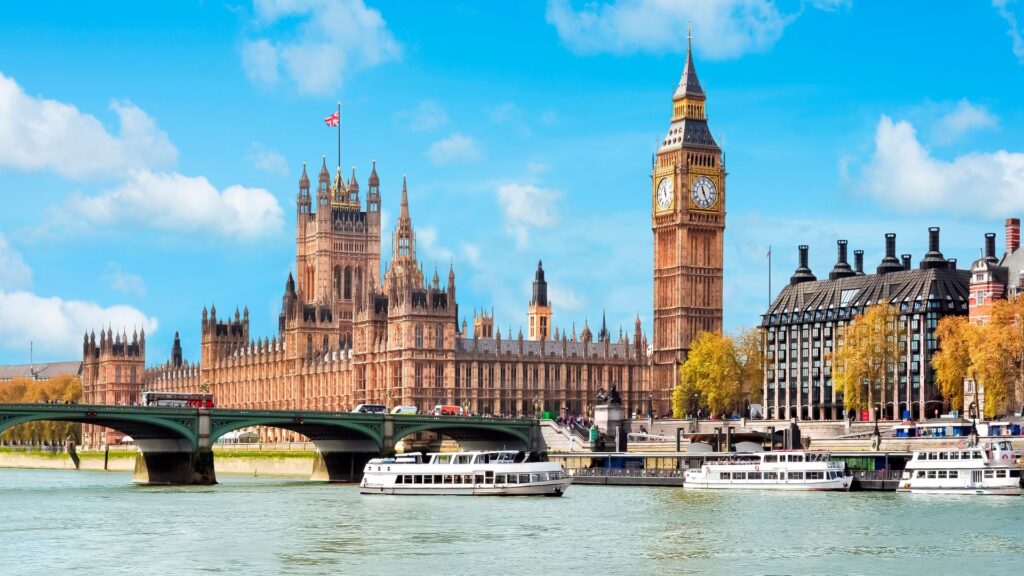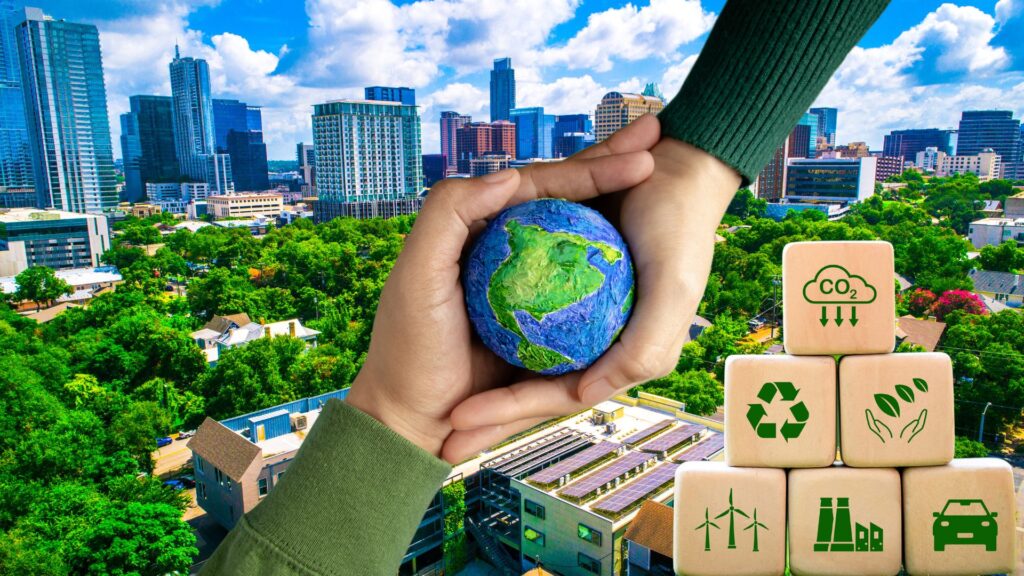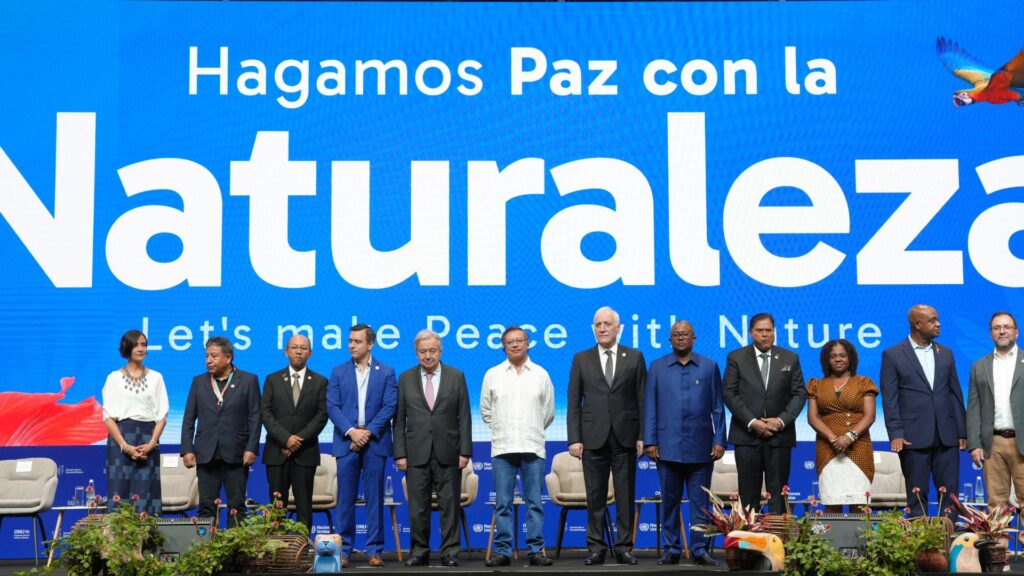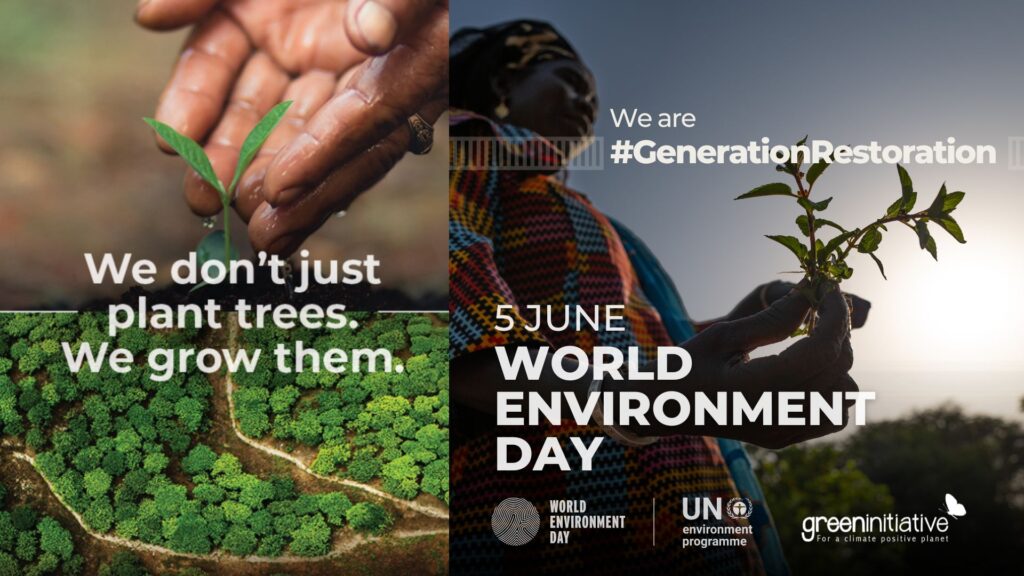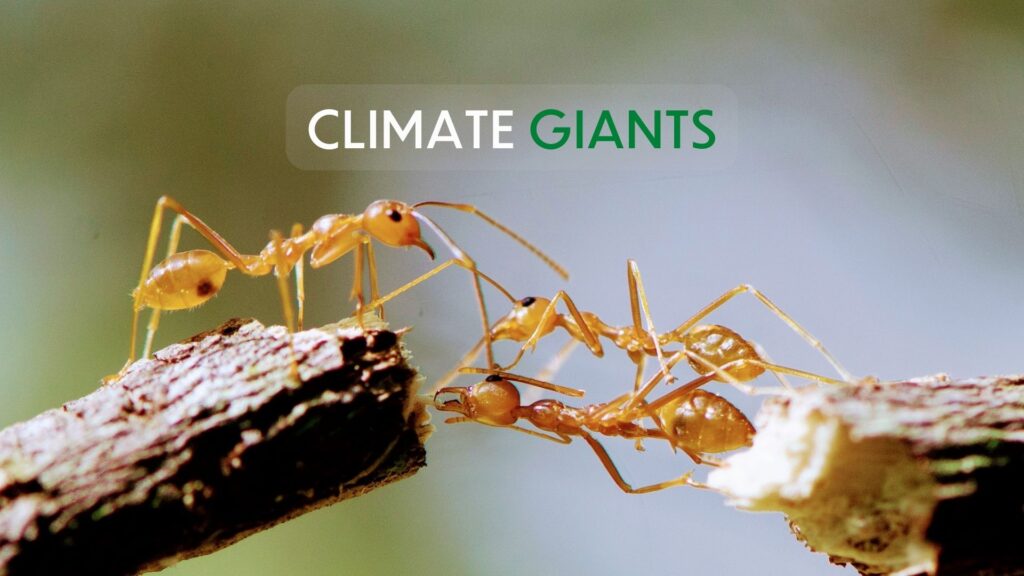AI-Powered Sustainable Tourism: The Future of Travel and Climate Action
How Artificial Intelligence is Transforming Tourism for a Climate and Nature-Positive Future Tourism is one of the world’s most resilient industries, contributing to economic growth, cultural exchange, and job creation. However, climate change, ecosystem degradation, and rising carbon emissions threaten its long-term sustainability. To secure a climate and nature-positive future, the tourism industry must balance economic benefits with sustainability, climate action, and ecosystem restoration. Artificial Intelligence (AI) is emerging as a game-changer, helping destinations and businesses reduce their environmental impact, optimize resource use, and promote climate resilience. Why Tourism is Resilient to AI Disruption Unlike industries where AI replaces human labor, tourism thrives on human connection, cultural authenticity, and sensory experiences—elements that AI cannot fully replicate. Tourism’s resilience stems from: AI-Powered Solutions for Low-Carbon, Sustainable Tourism With tourism contributing to 8% of global carbon emissions, AI presents a third path—enabling economic growth while cutting emissions. AI-driven strategies include: Green Initiative’s Climate and Nature Regenerative Tool: A World-First Innovation At Green Initiative, we have developed the world’s first Climate and Nature Regenerative Tool, empowering individuals and businesses to: ✅ Calculate their carbon emissions from travel, hotel stays, and even at home.✅ Offset their footprint by planting native tree species in ecosystem restoration hotspots.✅ Take direct climate action through a science-based, transparent, and effective decarbonization strategy. This groundbreaking tool is a game-changer for sustainable tourism, allowing travelers to take responsibility for their environmental impact while actively contributing to reforestation and ecosystem restoration efforts. How AI Supports Ecosystem Restoration & Climate Action Tourism depends on healthy ecosystems—rainforests, coral reefs, wetlands, and national parks attract millions of visitors. However, over-tourism and climate change threaten these fragile landscapes. AI is now a vital tool for regenerative tourism: How Developing Countries Can Leverage AI for Climate-Positive Tourism Growth AI is not a threat to tourism—instead, it offers a strategic advantage for developing nations. By integrating AI-driven sustainability strategies, countries can: 1. Prioritize High-Value, Experience-Based Tourism Rather than competing in mass-market, low-cost tourism, developing nations should focus on premium, experience-driven tourism: 2. Invest in AI-Enhanced Smart Tourism AI can make destinations more accessible and sustainable through: 3. Build Climate-Resilient Infrastructure Developing nations must invest in sustainable infrastructure to attract long-term tourism growth: Become a Climate-Certified Tourism Business At Green Initiative, we help businesses in the tourism industry become climate-certified. Through our certifications, consulting services, and ecosystem restoration programs, we guide businesses toward a climate and nature-positive future, giving you a competitive edge in the growing sustainable tourism market. AI and sustainable tourism go hand in hand, driving both economic growth and environmental conservation. By leveraging AI-powered solutions and nature-based tourism strategies, we can transform the travel industry into a force for climate action. Contact us today to learn more about Green Initiative’s sustainability certifications and how your business can become climate-certified. Visit Green Initiative and fill out our contact form—we’ll get back to you quickly.
AI-Powered Sustainable Tourism: The Future of Travel and Climate Action Read More »


